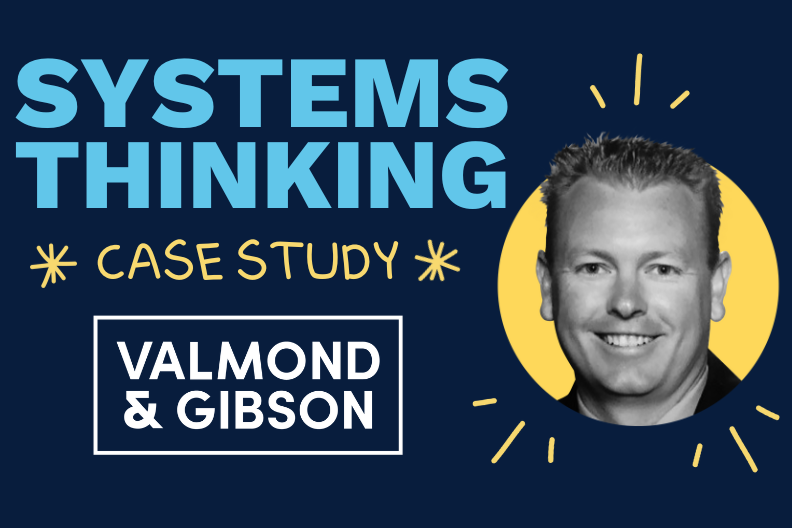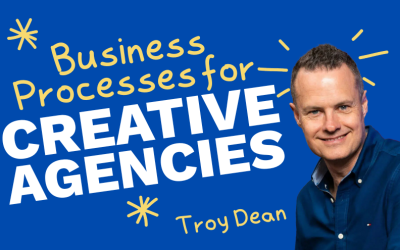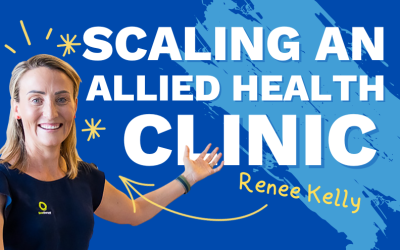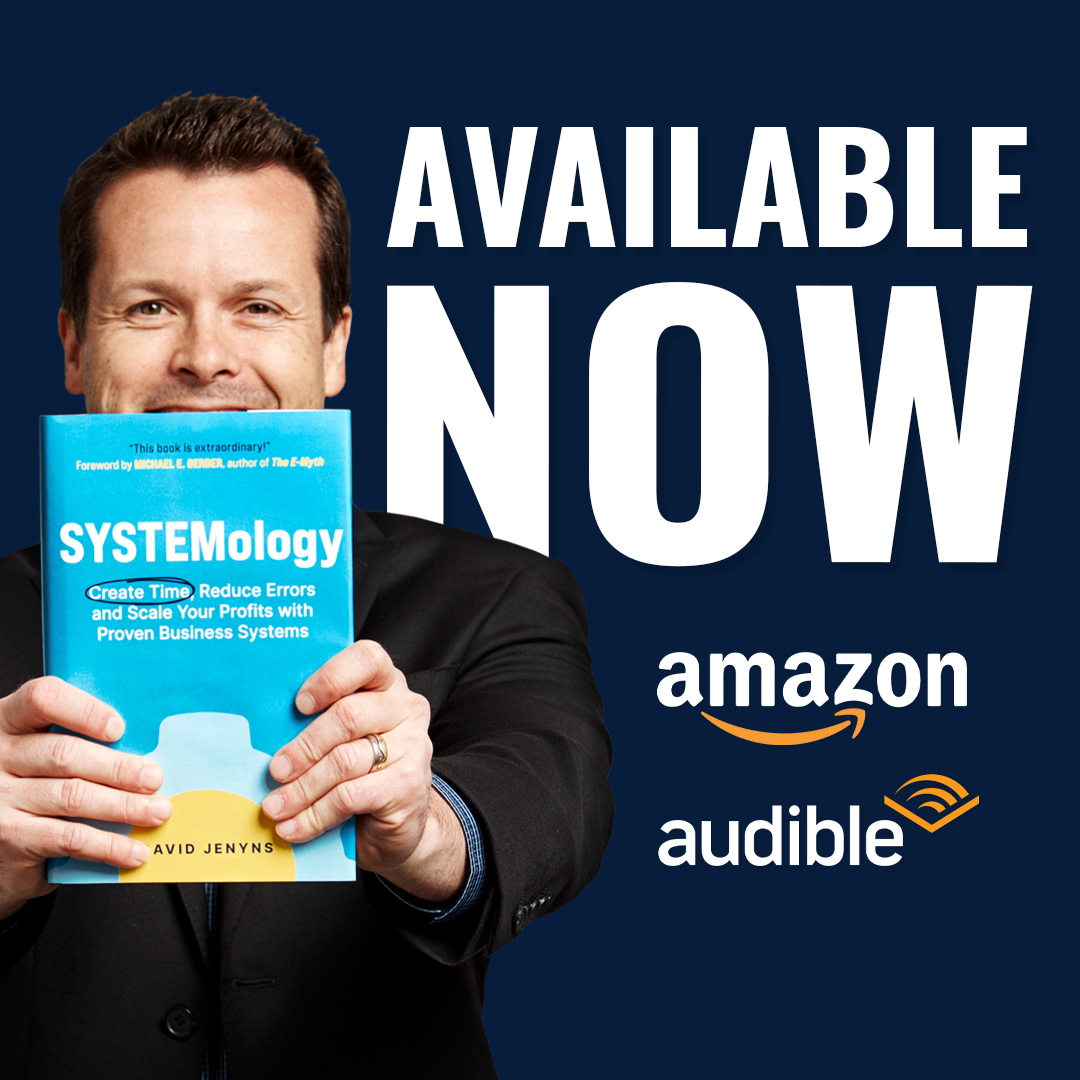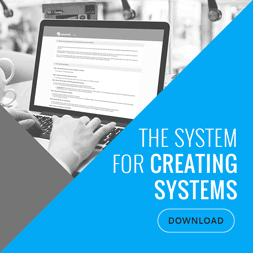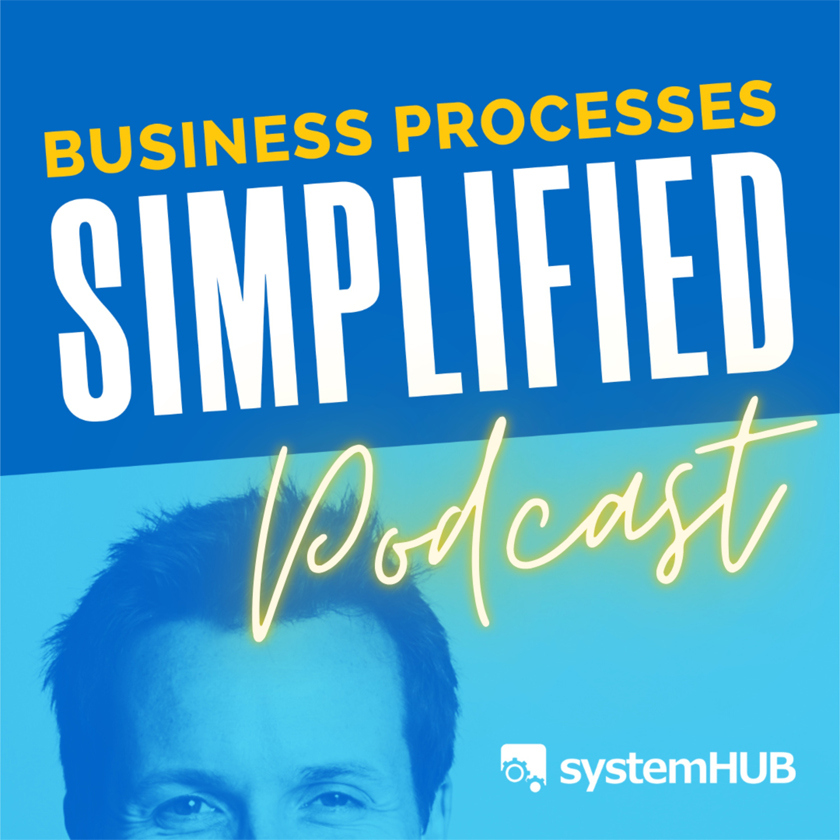Transitioning from theoretical knowledge to practical implementation is a challenge many business leaders face. For Kieran Gibson, Head of People, Systems, and Innovation at Valmond & Gibson, this journey involved moving beyond business philosophy to create tangible systems that transformed their operations.
Struggling with Systems Implementation
Valmond & Gibson, a specialized supplier of building facades founded during COVID-19, had a strong theoretical foundation in business systems thinking. However, they struggled to put these concepts into practice.
“We’d sort of gone down the path quite heavily looking at the E-Myth philosophies and we’re having some business coaching through E-Myth, and it just wasn’t quite doing it for us,” explains Kieran. “We sort of had a few false starts. We had a lot of the why, but we didn’t have the tools really on how that gets up in an efficient period of time.”
The company’s documentation was scattered across Google Docs and Google Drive without a cohesive framework, creating inefficiency and inconsistency.
Finding the Missing Link in SYSTEMology
The turning point came when Kieran and company owner Michael discovered SYSTEMology through a podcast featuring Dave Jenyns.
“As soon as Michael and I listened to that first podcast about SYSTEMology, we were sold straight away,” Kieran recalls. “Within literally a week we were on the SYSTEMology bandwagon and straight into the Catalyst program because we were puzzled as well why we joined so quickly. It was because it had such that E-Myth underpinning, but we could see it was going to show us how to do it and lead us through the process rather than just the theory.”
After briefly considering DIY implementation and consulting options, they determined the SYSTEMology Catalyst group program offered the perfect middle ground – providing structure while allowing them to leverage their internal knowledge.
Implementation Strategy and Key Actions
Their successful implementation included:
- Dedicating significant time to developing a precise Critical Client Flow (CCF), which created the foundation for all subsequent documentation
Adopting the “go slow to go fast” philosophy, focusing on quality over speed in the early stages - Actively participating in group hot seats, volunteering their processes for feedback and learning from other participants
- Identifying the right people for each role, eventually bringing in specialized help for documentation and extraction
- Training team members to handle the complete system documentation process, from scheduling extractions to final documentation
- Creating a comprehensive systemHUB resource containing their full CCF documentation and minimal viable systems
Exceeding Expectations with Tangible Results
The impact of implementing SYSTEMology exceeded their initial expectations, particularly in the speed and comprehensiveness of their documentation.
“We’ve achieved more than what we set out to achieve in a short period of time,” Kieran shares. “We absolutely didn’t think that we would have this many systems documented, fully documented, and up on systemHUB ready to go at this point.”
One of the most significant breakthroughs came when Kieran, who initially tried to handle everything personally, delegated the documentation process to someone whose skillset was better aligned with the task.
“The efficiency of what we’re now getting out of that machine of documentation is amazing, and the return on our time investment is amazing,” he explains.
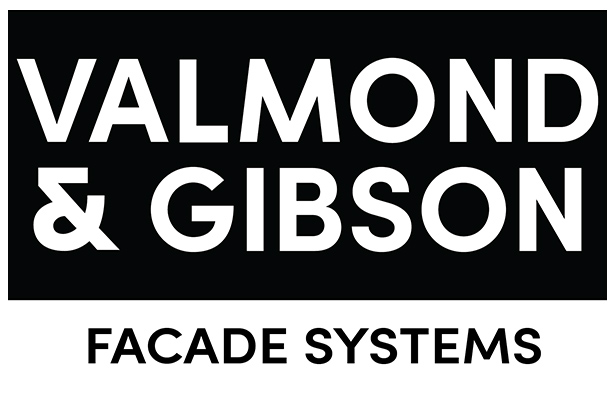

Key Lessons for Systems Implementation Success
Their experience revealed valuable insights:
- “Going slow to go fast” is essential – invest time in getting your CCF right before rushing into documentation
- “Be brave and throw yourself forward” – active participation accelerates learning and implementation
- Learning from peers in a community setting provides unexpected benefits and shortcuts
- The right facilitator makes a difference: “James has this ability to get in a nice little spot between someone who is nurturing but also challenging”
- Systems thinking works for all business types: “Our group was so broad… seeing how different businesses were correlating systems into their everyday business and the success they got from it”
The Beginning of a Systems Journey
While proud of their accomplishments, Kieran acknowledges they’re just getting started. “We’ve still got a long way to go, probably rolling that out to the rest of the employees and getting them all using systemHUB.”
“If you do the things as James says, and you’re handing in the work and doing the homework, after six months, you’ll turn around and have your CCF systemized, and from there you can go anywhere,” he advises businesses considering a similar journey.
Ready to Transform Your Business with Systems Thinking?
Discover how the Catalyst program can help you implement effective business systems with expert guidance and peer support. Take the first step toward business optimization with a 30-day free trial of systemHUB today.

